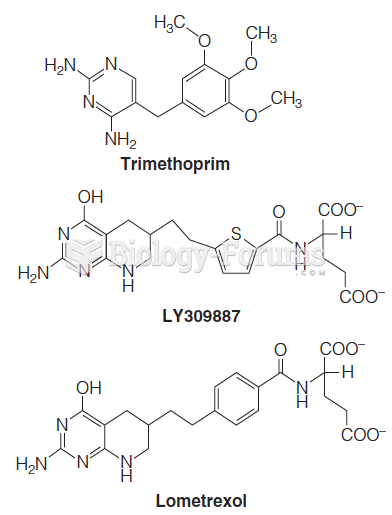Answer to Question 1
Correct Answer: 3
Rationale 1: Glaucoma is not a contraindication to receiving Septra IV.
Rationale 2: An indwelling urinary catheter is not a contraindication to receiving Septra IV.
Rationale 3: Caution must be used when treating clients with acquired immunodeficiency syndrome (AIDS) because they experience a higher incidence of serious adverse effects than others.
Rationale 4: It is not necessary to question the order for a postoperative client.
Global Rationale: Caution must be used when treating clients with acquired immunodeficiency syndrome (AIDS) because they experience a higher incidence of serious adverse effects than others. Glaucoma and presence of an indwelling urinary catheter are not contraindications for the use of Septra IV. It is not necessary to question the order solely due to the client's postoperative status.
Answer to Question 2
Correct Answer: 1,2
Rationale 1: Nitrofurantoin (Furadantin) is effective in the treatment of UTIs caused by E.coli.
Rationale 2: Nitrofurantoin (Furadantin) is effective in the treatment of UTIs caused by S. saphrophyticus.
Rationale 3: Nitrofurantoin (Furadantin) is not effective in the treatment of UTIs caused by Pseudomonas.
Rationale 4: Nitrofurantoin (Furadantin) is not effective in the treatment of UTIs caused by Proteus.
Rationale 5: Nitrofurantoin (Furadantin) is not effective in the treatment of UTIs caused by Serratia.
Global Rationale: Nitrofurantoin is active against the E. coli, S. saprophyticus, and many other strains of gram-positive and gram-negative aerobes. It is not effective against the Pseudomonas, Proteus, or Serratia species.







